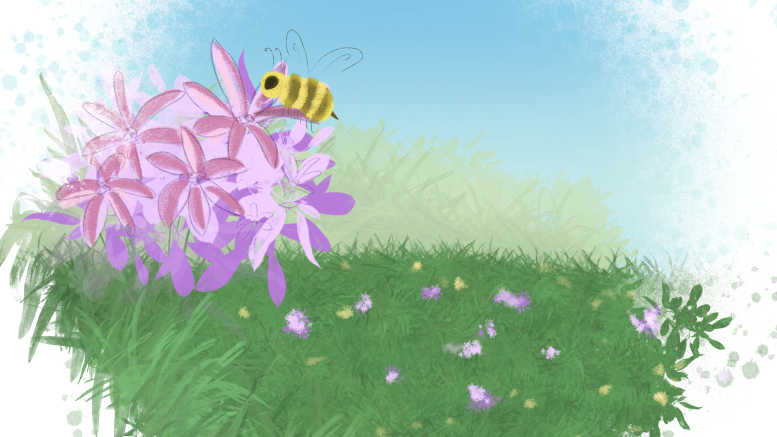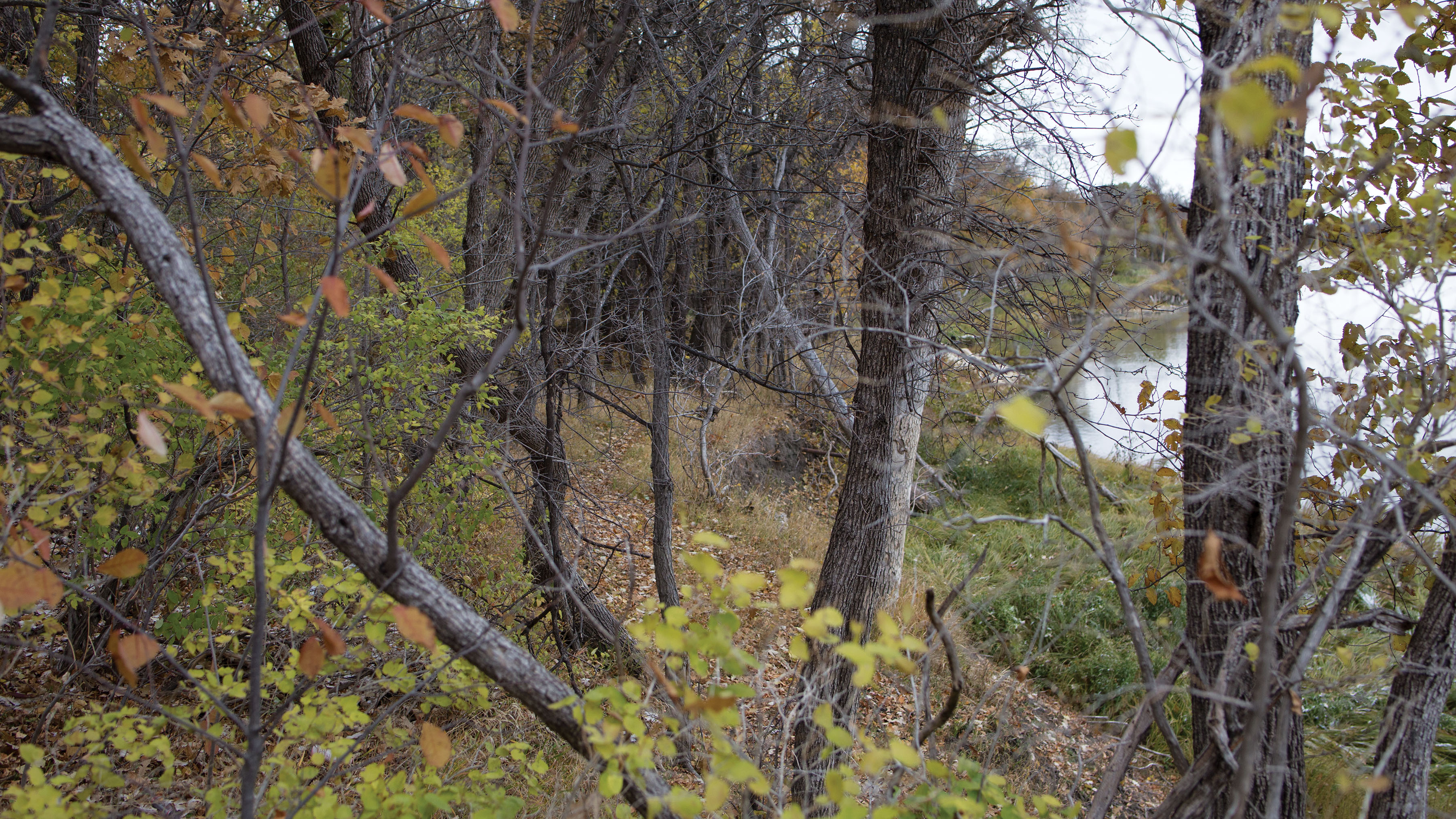Back in 2017, Jason Gibbs and his wife — who were newcomers to Manitoba at the time — went to Spruce Woods Provincial Park to collect bees.
While analyzing the collected samples in his lab, Gibbs stumbled upon a bee species he had never seen before.
This species — Epeolus gibbsi — would later be named after him.
This is just one of several new bee species named after him for his work related to bees.
An associate professor in the department of entomology at the U of M and expert in the sweat bee taxonomy, Gibbs has been around bees since childhood.
The researcher grew up around honeybees due to his father’s commercial beekeeping.
However, his journey into entomology began during his master’s degree at the University of Toronto when he attended a colleague’s talk about her research on the nesting biology of sweat bees in Greece.
In his most recent discovery, a new species of sweat bee was identified in the provinces of Alberta and Saskatchewan.
The species, officially named Lasioglossum onuferkoi, marks a significant addition to the world of entomology and underscores the importance of preserving unique habitats.
“Any time we find a new species, it’s a pretty exciting discovery,” Gibbs said.
“To find them in Canada is a bit surprising. We don’t have that many species of bees relatively speaking,” he said.
This new species was collected by Canadian Museum of Nature research associate Thomas Onuferko, who was conducting a comprehensive survey of sand-dwelling wasps and bees within inland dune systems — wind deposited sand dunes found away from coastal areas — from Alberta to Manitoba, and formally identified by Gibbs and his PhD candidate Joel Gardner, who works on sweat bee taxonomy of western North America.
When Gardner was writing a paper on Canadian sweat bees, he and Gibbs called L. onuferkoi a new species, naming it after the research associate.
The identification of the new species is not without its challenges, as sweat bees are notorious for the great similarities in their appearances and complex classification.
Sweat bees belong to the genus Lasioglossum, which has more than 1,900 described species.
Gibbs pointed out that this is greater than any other wasp or bee genus.
Additionally, the restricted range of the new species further adds to its uniqueness.
Unlike some more widely distributed sweat bee species, L. onuferkoi is exclusively found in inland dune systems.
“It’s restricted to such a small range of these inland dune systems,” he said. “Basically you have to go to very specific habitats to find it.”
Gibbs explained that the discovery of L. onuferkoi underscores the importance of inland dune habitats for select species and the impact of encroaching vegetation on these sand-loving bees and wasps.
Looking ahead, Gibbs plans to delve further into genomic data to understand the evolutionary history of bees in the Prairies, and he hopes to shed light on how different habitats impact evolutionary diversity and help distinguish closely related species like sweat bees.
As Gibbs continues to explore the country’s biodiversity, he emphasizes how diverse bees are.
“We are familiar with honeybees and bumblebees, but they are kind of on the outer edges of what a typical bee is actually like,” he said.
“There’s all these beautiful colours and shapes and sizes of all these different bees. It just makes life interesting.”



